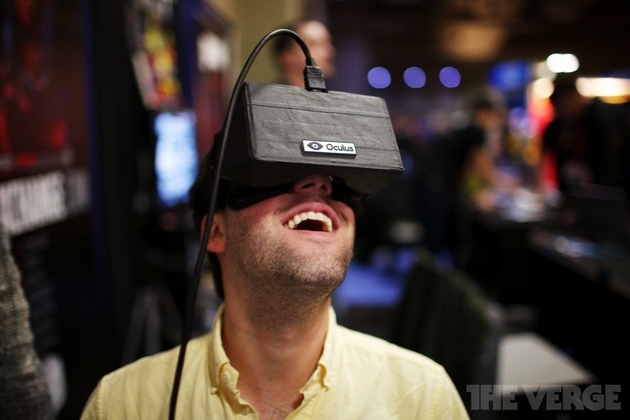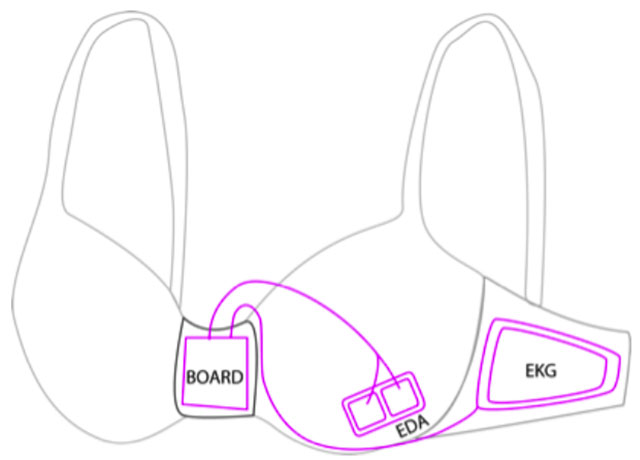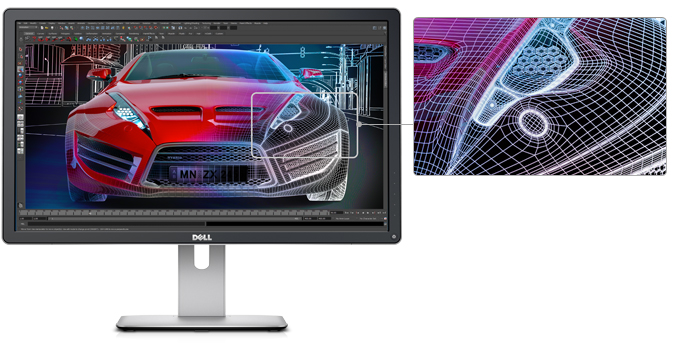The digital maps we loved in 2013 didn't simply illustrate novel or useful information (how people travel, where they live, what it means to live without much money). They did it in ways we'd never seen before, manipulating time, dimensions, perspective, even the atmosphere. These maps weren't just interesting in content; they were innovative in design. That's our new bar for 2014.
So this December, instead of sharing our top 10 maps of the year, we're looking at 10 ways we've learned to think about maps in entirely new ways. This may well have been the year when maps ceased to impress us for what they convey and began to stun us instead for how they did it.
1. The cloudless map. Aerial maps based on satellite imagery have one major drawback: Clouds tend to get in the way of viewing the earth from space. Some parts of the world are also perpetually shrouded in them. To solve the problem this year, Mapbox began to develop a cloudless atlas of the world, with a technique, following similar efforts by NASA, to sort satellite images across time for the clearest single pixels.

Mapbox
2. The personalized map. Google challenged the basic premise of what a map means when it introduced this spring a revamped Google Maps that looks different to everyone. The new platform is personalized by your tastes, your clicks, your friends' recommendations. The more you tell Google Maps about yourself and your preferences, the more it comes to show you a representation of the world that's different from the one your coworkers, friends and family see. The implications of this may be good or bad, depending (fittingly) on your perspective.
Google Maps
3. The real-time map. Maps have grown more sophisticated as the open data movement has, too. As a result, we came across a number of striking maps this year fed by live streams of information, capable of updating in real time. Google can now track moving Amtrak trains in real time. The University College London's Oliver O'Brien created a map of nearly every bikeshare system in the world that updates the capacity of individual docking stations in real time. We were also entranced by these real-time maps of people tweeting and editing Wikipedia.
Global Bike Share Map
4. The animated map. These maps illustrate the movement of time, although perhaps not in real time. Animation particularly lends itself to conveying spatial data about transportation, as we saw with Fletcher Foti's animation of commuter patterns in New York, Los Angeles and San Francisco, and this nifty project from the Bay Area mapping bus ridership across the city. Data-savvy Foursquare has gotten in on the art of timelapse maps, too.

Dots on a bus
5. The map that compares our present to the past. Some of the most powerful maps we saw this year gave new value to old information (prior Census data, dated satellite photos) by presenting it in startling juxtaposition with our present day. NASA, Google and several other organizations combined to produce a brilliant, zoomable timelapse of 30 years of satellite imagery of Earth. The results showed us what happens when human development encroaches on nature, when lakes dry up, and when forests disappear. Over the same time frame, the Urban Institute also created a smart map illustrating the changing dimension of poverty in U.S. metros, from 1980 to today.

Google Timelapse project
6. The map that simulates the future. This idea has particular implications for climate change and visualizing rising sea levels. This type of mapping work has certainly been going on for longer than the last 12 months (and much of it by government scientists). But the poignancy of such predictive maps is all the more clear post-Hurricane Sandy. And we came across several that took our breath away this year, portraying what our current coastal cities might look like in a future of catastrophes or rising tides.
The Boston Harbor Association
7. The laser map. Maps have grown more accurate as the means to make them have evolved. And we've discovered greater need for more accurate maps as we've watched the land beneath us shift. These two trends are converging with the help of laser surveying technology that will make it possible to map shifting coastlines with a margin of error of just a few centimeters. Lasers are meanwhile making it possible to map individual buildings in ways that will enable us to better preserve them.

Scott Page
8. The meta-map. We came across several great maps this year about the process of mapmaking, particularly from the folks at OpenStreetMap and Mapbox. More than a million people have now contributed to the world's largest crowdsourced mapping project, and it's possible to map each of their contributions as one part of the whole, or to map the cumulative growth of OpenStreetMap over the years. Both of these maps tell us not so much about the world, but about how people approach the challenge of mapping it.

Mapbox
9. The 3D map. Sometimes a complex idea is best conveyed in three dimensions, in volume. That was the case with this popular map from Nickolay Lamm visualizing wealth inequality in Manhattan as an alternative skyline for the city. The project translates an abstract concept – the difference between high and low median net worth by block groups – into a more familiar landscape of skyscrapers and low-lying buildings.

Nickolay Lamm
10. The dot map of everyone. Most of the time, we're represented as people on a map by some larger unit: blocks, census tracts, cities, states, even countries. But Dustin Cable's stunning Racial Dot Map actually put every person in America (308,745,538 of us) on a map as individual dots of different colors. The project was ambitious in scope but ultimately beautiful, too. Zoom in and out at varying scales, and dots colored by different racial groups blend together to show patterns of segregation and integration. RTI International created a similar dot-based synthetic population viewer using Census data to show every household in America.

Racial Dot Map














